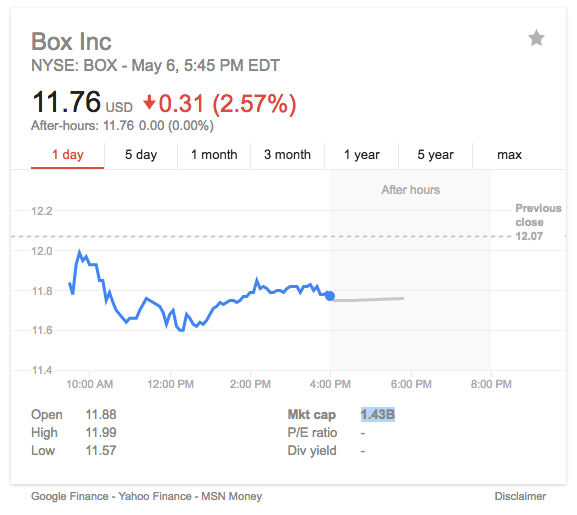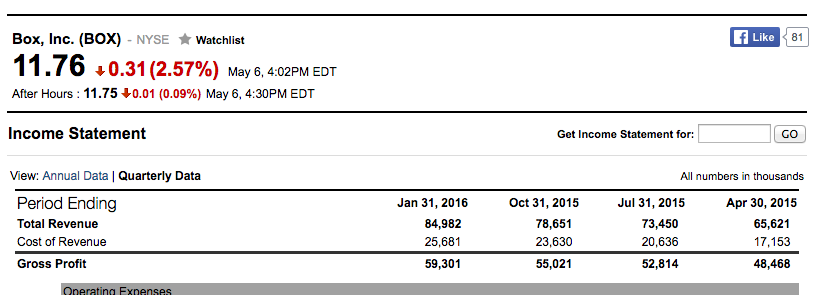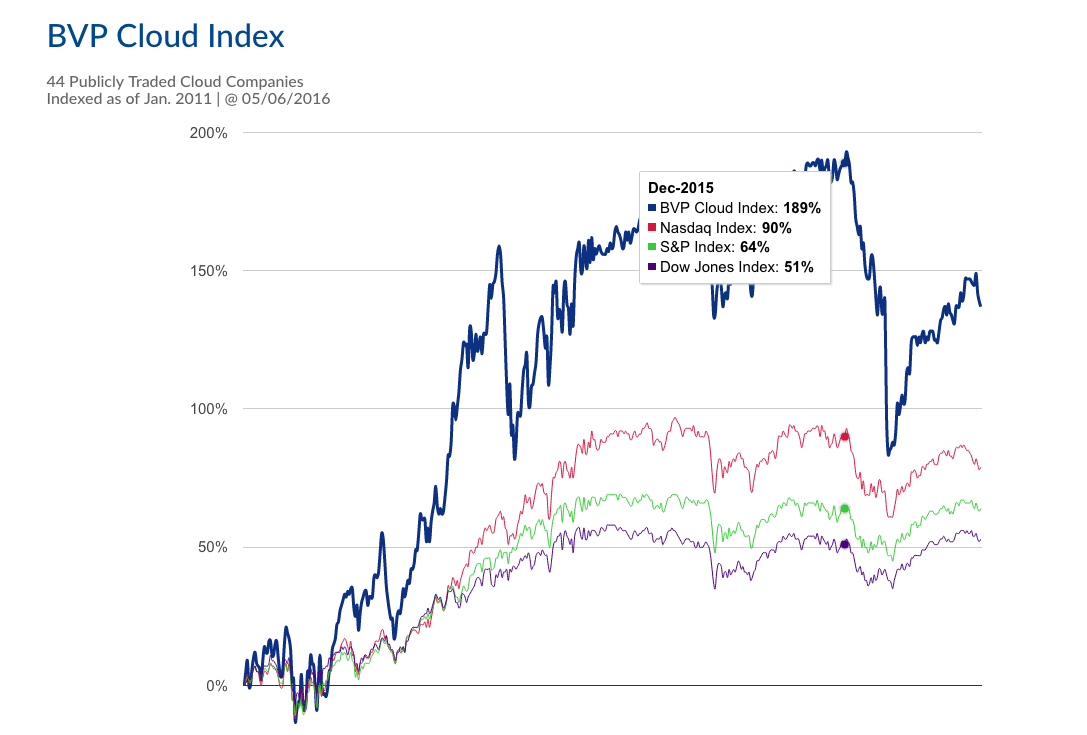For the past few years, it’s been pretty confusing trying to understand what’s going on in SaaS fundraising. Starting in ’13 through mid-’15, rounds dramatically grew in size and pace, and dozens of unicorns were minted. Things then slowed down dramatically in Q1 ’16, as the SaaS public markets crashed … and then recovered in early Q2’16:
Anyhow, so what’s to make of all of this?
Let me make at least one tactical suggestion. Money is good in SaaS. At first, it helps you survive. Then, it helps you build out a real sales & marketing team. This usually costs ~$3m to do it right, whether you fund it from revenue or venture capital. And after that, more venture capital usually lets you “invest ahead” and bring in more revenue earlier, or at least, keep up better with the market demands. More on that here. Which are all good.
But I’m sure not sure everyone thinks through the basic physics of what raising a ton of capital really means. Dirty term sheets don’t really matter. Downside protection doesn’t really matter. Three things matter:
 Let’s look at 3 factors that impact how raising a big round works financially for everyone:
Let’s look at 3 factors that impact how raising a big round works financially for everyone:
- To make everyone happy — investors, founders and employees — you need to return about 10x the amount of capital you raise. This can either be in an acquisition, or in total market cap after you IPO. But if it’s less than this, people will come up short. If it’s a lot less than this, no one will make any real money. More on this here.
and
- Once you cross about a $250m valuation or so, there aren’t that many acquisitions that get done. You don’t see a lot of $500m M&A deals. You don’t even see that many more than $1X0m. Anyhow, so to meet the 10x rule, once you raise much more than $20m-$25m, the odds of a “Happy Acquisition” start to go down dramatically. More on that here.
and
- If you are “going for it”, IPO or bust, and just ignore any of this — that’s great — just remember You Have to Be “Even Better Than Box” for it all to work out.
What the heck does “Even Better Than Box” mean? Well, first, I could substitute Hubspot, or Marketo, or Zendesk, or New Relic, or other great SaaS-ish companies that have IPO’d recently. I pick Box because it’s the most tangible one we most all have a connection to. But all have a roughly similar public profile:
- Box is doing $350,000,000+ in ARR, folks, and growing >30%+ Year-over-Year. Wow. And is clearly on a path to $1 billion+ in ARR.
- Box really isn’t burning much cash now. It’s days of burning tons of cash are behind it.
- Box has an incredible CEO, with an insane commitment to the business.
AND
- Is still “only” worth $1.4 billion.
What does this mean? Well, look $1.4 billion is a lot of money. But if you plan to raise a ton of capital, for it to be worth it, to get a market cap of more than $1.4 billion … you’ll have to plan to grow at a pretty high rate AND cross $350m in ARR in the not-forever-distant future AND have solid unit economics that are as good or ideally even better than Box’s.

Are you sure you are better than that?
If so, full speed ahead. Damn the torpedoes. Go for it and don’t listen to the doubters.
But if you’re not sure you are Even Better Than Box. Even Better Than Marketo. Etc. Etc. Not just as a product — but as a business. At least in today’s world, with today’s multiples, if you’re not sure … then …
Maybe hold off on those pre-nicorn and unicorn rounds for now, unless you really believe it.
Or if that’s a distant dream — at least don’t even really plan on these rounds. And get a bit zen when folks around you raise them.
If multiples get nuts again, maybe ignore this post. But outside the Best of Times, if you are gonna raise more than $20-$30m in venture capital. You have to be Even Better Than Box.


